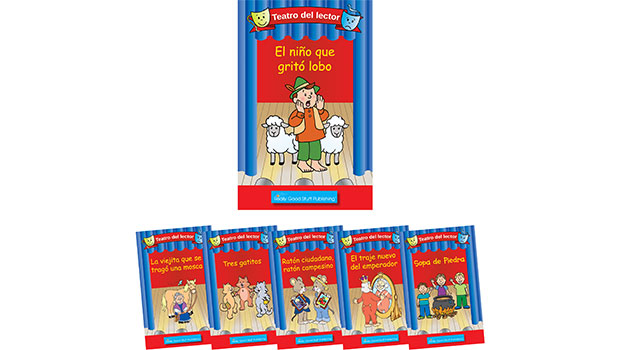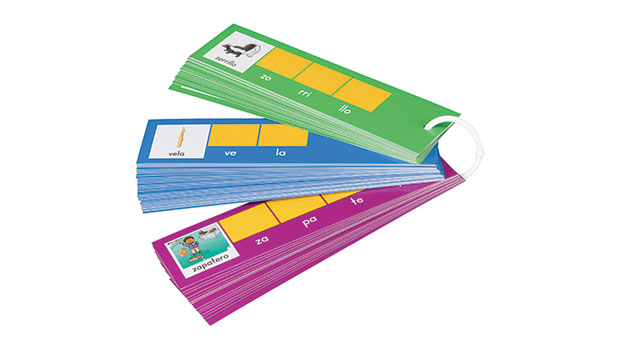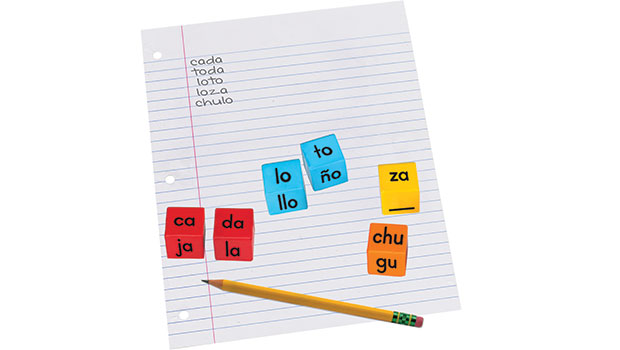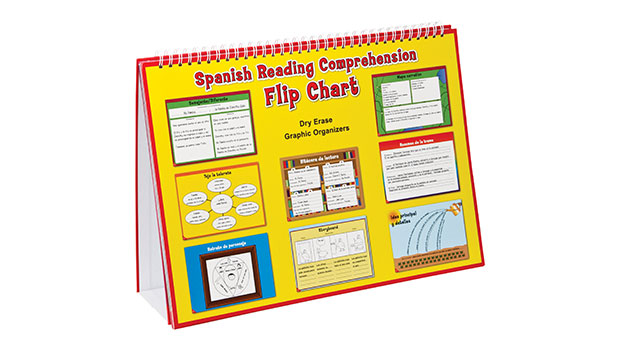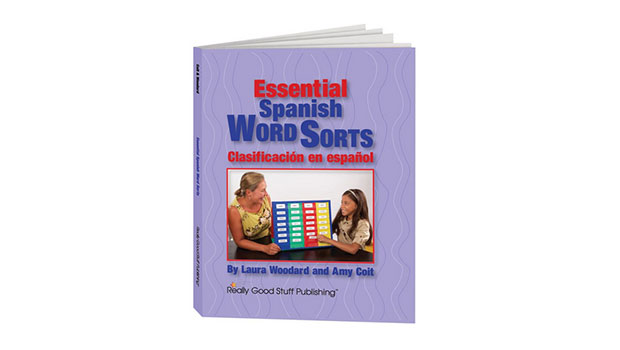Why Differentiated Learning Centers?
In the bilingual or dual language classroom, it is imperative to incorporate a variety of activities that respond to students’ different learning modalities, varying language proficiency levels, and unique cultural backgrounds. Whether your day includes literacy, math, or bilingual centers, selecting activities that can be easily differentiated will ensure student engagement. To maximize student learning, your centers should include the following:
Multi-leveled or tiered activities
Students practice the same skill but the activity has different levels.
Using the Spanish EZread™Tap-A-Syllable Cards activity, all students practice segmenting words into syllable chunks; however, there are various levels of practice. On one side of the card, students name the picture and tap one box for each syllable while reading that syllable (which is printed below the box). On the other side of the card, students must identify the picture and then segment the pictured word into syllables while tapping out each syllable. Then they write the syllables in the boxes.
Using the Spanish Mixed-Up Syllables activity, all students will practice building multi-syllabic words; however, there are two levels of practice. On one side of the card, syllables needed to build the pictured word are printed at the top. Students match the syllable tiles to the printed syllables and then put them in the correct order. On the other side of the card, students must first identify the syllables needed to build the pictured word and then use the tiles to build it in the boxes below.
Playing with the Spanish Syllable Dice, all students practice reading and manipulating direct syllables; however, depending on student level, the game can be played in numerous ways. Students can simply build words using a small number of cubes, substitute syllables to transform words, or make a series of words using a large number of cubes.
Using the Spanish Syllable Puzzles, all students practice segmenting pictured words into syllables; however, there are two levels built into the activity. To practice isolating and hearing syllable chunks in words, students start on the picture side. They slide together the pieces to complete a picture, pronouncing each syllable as they proceed, and then flip over the pieces to reveal the letters and read the word. To practice building words, students start on the other side. They pronounce each syllable and put them in the order needed to make a word. They check their work by flipping over the pieces to see if the picture is complete. A correctly built word equals a complete picture.
Open-ended activities
Students complete the same activity but the end product will be different.
Students all respond to reading using graphic organizers; however, the book read, the graphic organizer, or the section of the graphic organizer assigned varies by student.
Free Choice: Put out three literacy centers and give students the opportunity to choose which to use.
Activities that involve different modalities
Students practice the same skills using different modalities.
Being aware of your students’ cultural styles and strengths will help you determine which modalities to emphasize.
Sorting activities from the Essential Spanish Word Sorts Book engages kinesthetic learners. Students cut, paste, and move words to internalize spelling and sound patterns.
Reading, building, and writing high-frequency words help kinesthetic and visual learners internalize spelling patterns.
Small group Readers’ Theater Folktales engage auditory, visual, and kinesthetic learners. Practicing in small groups, students get time to prepare, strengthen their fluency and oral language skills, and deliver a performance.
